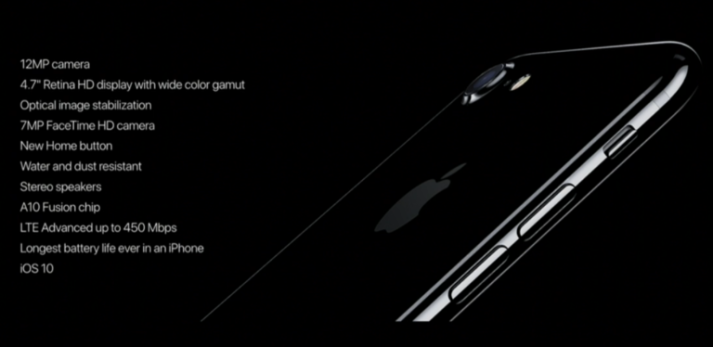
There is no one single definition for brand loyalty (Kyner & Jaccoby 1973). However from an operational perspective it can be seen as a sequence of “AABAACAADAAE” would qualify a customer as being loyal to brand A, according to the percentage of purchase (Kyner & Jaccoby 1973). Another view of brand loyalty claims that it occurs because consumers preceive that the brand offers the right product features, images, or quality levels at the right price (Schiffman et al. 2014).
In my opinion the main difference between a loyal customer and a habitual one, is that habitual customers tend to choose another brand if it captures there interest. While loyal customers stick to one single brand. For example, sportswear is one of the most competitive retail branches, where brands such as Nike, Adidas, Reebok etc. heavily compete among each others to gain customer’s loyalty.
From my personal experience I find myself a loyal customer to Nike, as all my sports clothes are from Nike. When comparing myself to other close friends and family, I find that all of them do like Nike, and find that its a very good quality product with awesome attributes. However they would not mind buying an Adidas shoes, and they are usually tempted by the advertisement campaign of a certain product or the price. this purchasing behavior place them in the segment of habitual customers rather than loyal customers.
Why am I a loyal customer to Nike?

Brand loyalty can be identified in four stages: Cognitive where loyalty to information such as price and features is present, affective where loyalty is to a liking, conative where loyalty is all about commitment and intention, and action where loyalty is about overcoming obstacles (Schiffman et al. 2014). So when I ask myself the question of why I am loyal to Nike? the answer lies in these following points:
- Self-Brand congruence: Consumers tend to choose brands whose image are congruent with their own images (Demir & Koksal 2012). I believe that Nike symbolize some human qualities such as innovation, reliability, and awesomeness. Thus Nike gains meaning for me as consumers, so it is more identical with my self-image (Demir & Koksal 2012).
- Commitment: In marketing terms, commitment is defined as the eagerness to continue the relationship with a particular brand (Demir & Koksal 2012). I always find myself committed to buying Nike stuff. For example, around 6 months ago I per-ordered one of the new-released ‘Nike Roshe’ shoes, and the was the third edition of this particular shoes, which I have been wearing for the past three years.
- Brand Partner quality: brand partner quality is a person’s evaluation of the brand’s performance in its partnership role, and relates to the quality of the brand and the reliability of the brand’s messages (Demir & Koksal 2012). Nike always stresses on the motivational and self-esteem part in it advertisement campaigns, for example the ‘Just Do It’ slogan provides people with motivation to do sports and train. However Nike does provide quality and reliability in their products, which aligns with their slogan.
Reference list:
Jacoby, J. and Kyner, D. (1973). Brand Loyalty vs. Repeat Purchasing Behavior. Journal of Marketing Research, 10(1), p.1.
Koksal, C.D. and Demir M.O. (2012). THE IMPACTS OF SELF-BRAND CONGRUENCE ON BRAND LOYALTY: A STUDY ON CELLULAR PHONE USERS. Journal of Social Sciences and Humanity Studies, vol 4, no.2, pp. 91-100.
Schiffman, L., O’Cass, A., Paladino, A. and Carlson, J. (2014). Consumer Behaviour. 6th ed. Pearson Australia Group, Frenchs Forest NSW.


